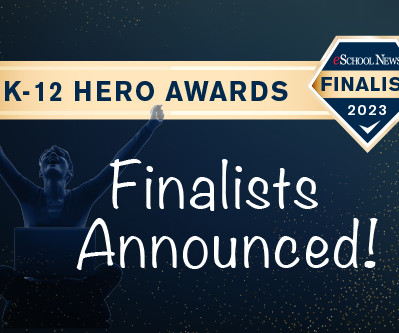Digital divide: Gap is narrowing, but how will schools maintain progress?
The Hechinger Report
AUGUST 25, 2021
BRUNSWICK, Maine—Like many school districts, Brunswick School Department in Maine suddenly has a lot more laptops and tablets to manage than it planned for. School officials in the seaside town scrambled to purchase enough devices for all their students to learn online last year after the pandemic hurtled kids out of buildings.


















Let's personalize your content